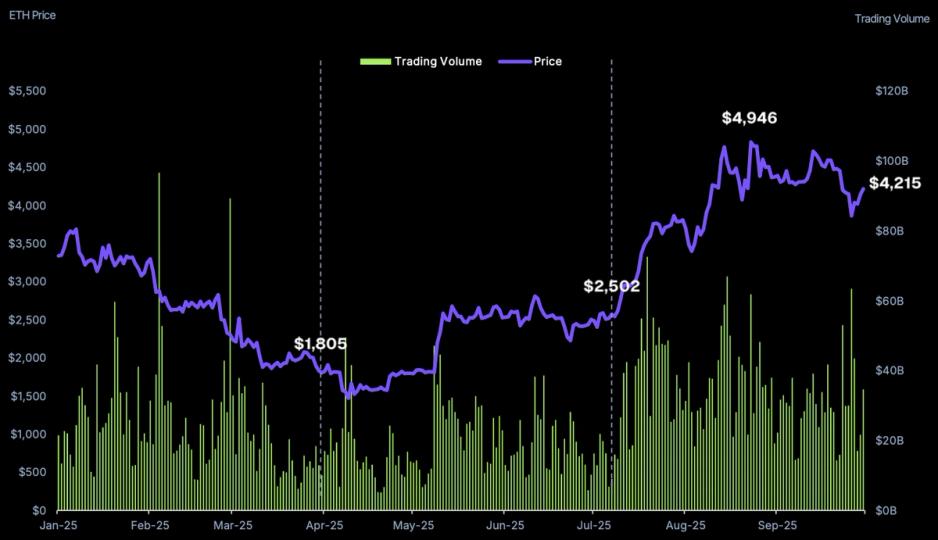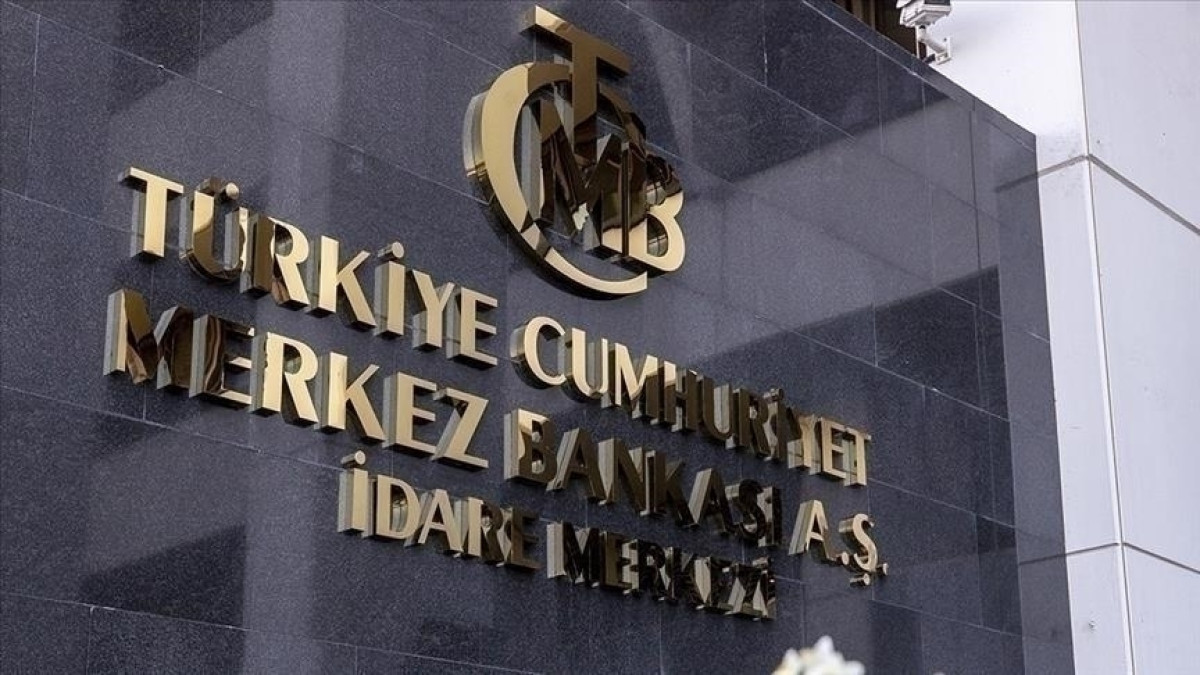Why is the Bitcoin price drop different? What is happening in the market?

Recently, the price of Bitcoin (BTC) has once again attracted the attention of investors due to sharp declines. However, the dynamics of the 2025 market exhibit a structure that is quite different from those of 2020 and 2021.
According to data shared by a CryptoQuant analyst, the recent drop in Bitcoin's price has created a shock effect similar to past crashes; however, the market structure has changed. The analyst notes that Bitcoin reserves on exchanges have fallen to their lowest levels in the past decade. This situation reduces selling pressure and, consequently, decreases the likelihood of prolonged declines.
In 2020 and 2021, the amount of Bitcoin on exchanges rapidly increased due to panic selling; however, this time the situation has reversed. According to the CryptoQuant analyst, while the profit-taking of long-term investors has remained measured, the Sold and Re-bought Bitcoin Ratio (SOPR) of long-term holders is not falling below the level of 1. This indicates that investors are taking profits consciously and not succumbing to fear.
Examples of similar shocks in the past include the March 2020 crash, during which leveraged positions were liquidated and large investors made significant purchases. Additionally, in May 2021, when Tesla's announcements and China's bans caused Bitcoin to drop by 30%, whales sold 50,000 Bitcoin and then bought back 34,000 Bitcoin at the dip. In August 2023, a 15% decline due to the downgrade of the U.S. credit rating also showed a quick recovery.
According to the CryptoQuant analyst, the 2025 market displays a more mature structure. The decrease in reserves on exchanges and the lack of sales from long-term investors define the current volatility as a consolidation phase rather than a crash. Despite the continuation of short-term volatility, the foundations for a new upward cycle are being laid instead of structural weakness.
Benzer Haberler
.png)
Yakında Tüm Platformlarda
Sizlere kesintisiz haber ve analizi en hızlı şekilde ulaştırmak için. Yakında tüm platformlarda...







.png)